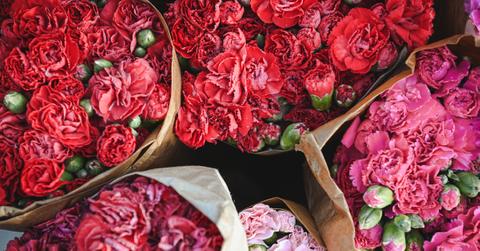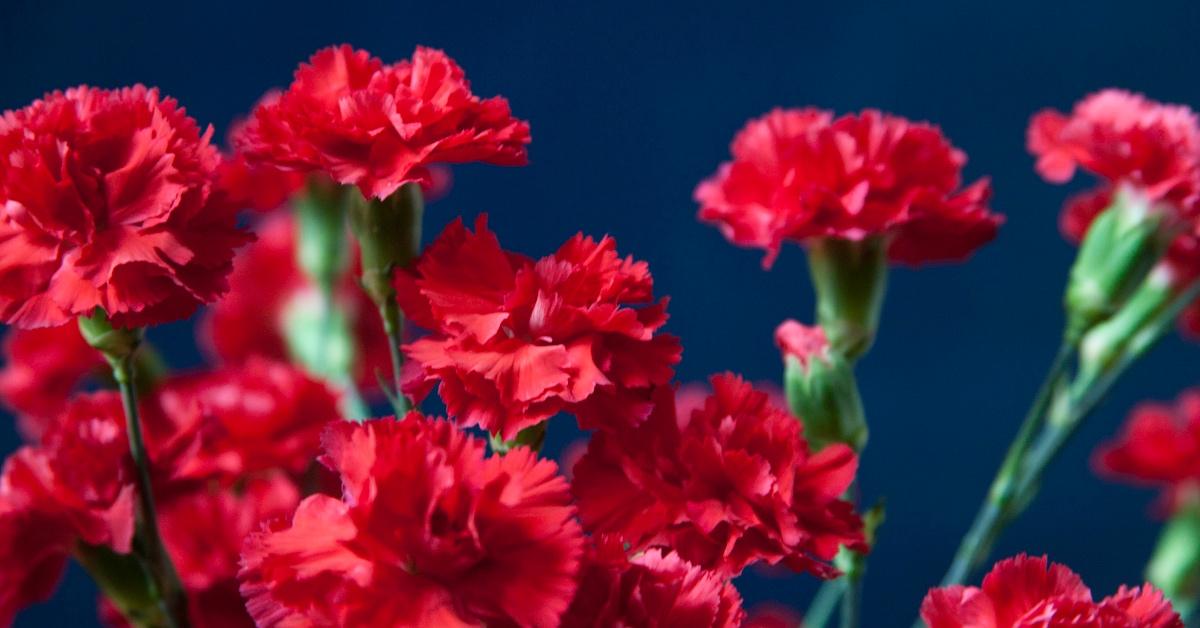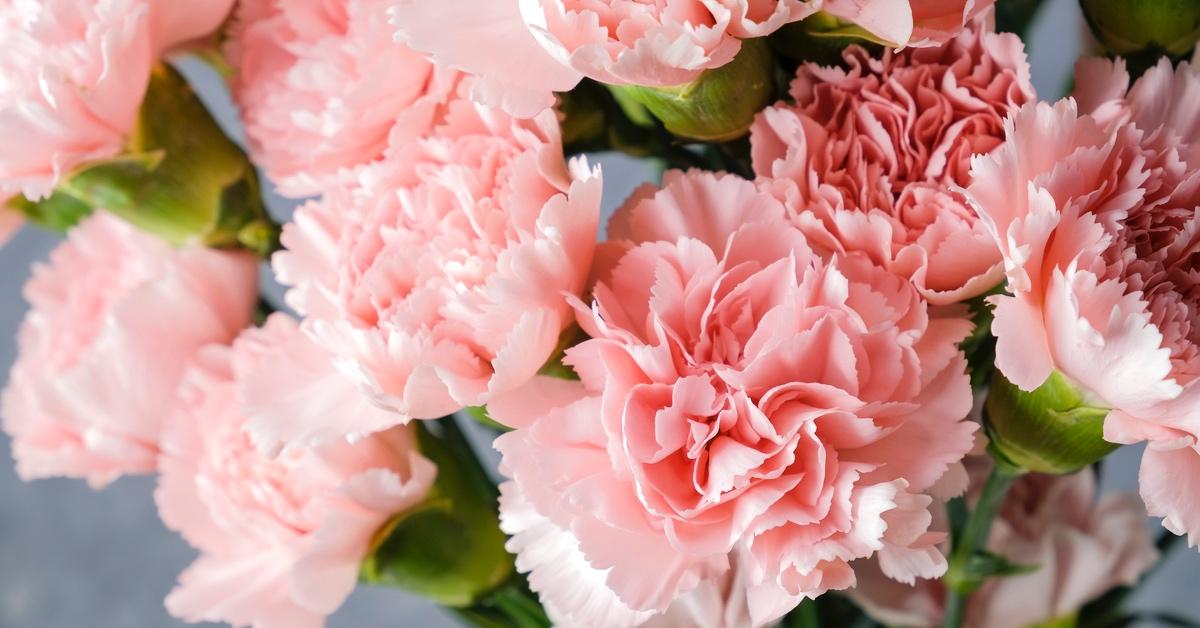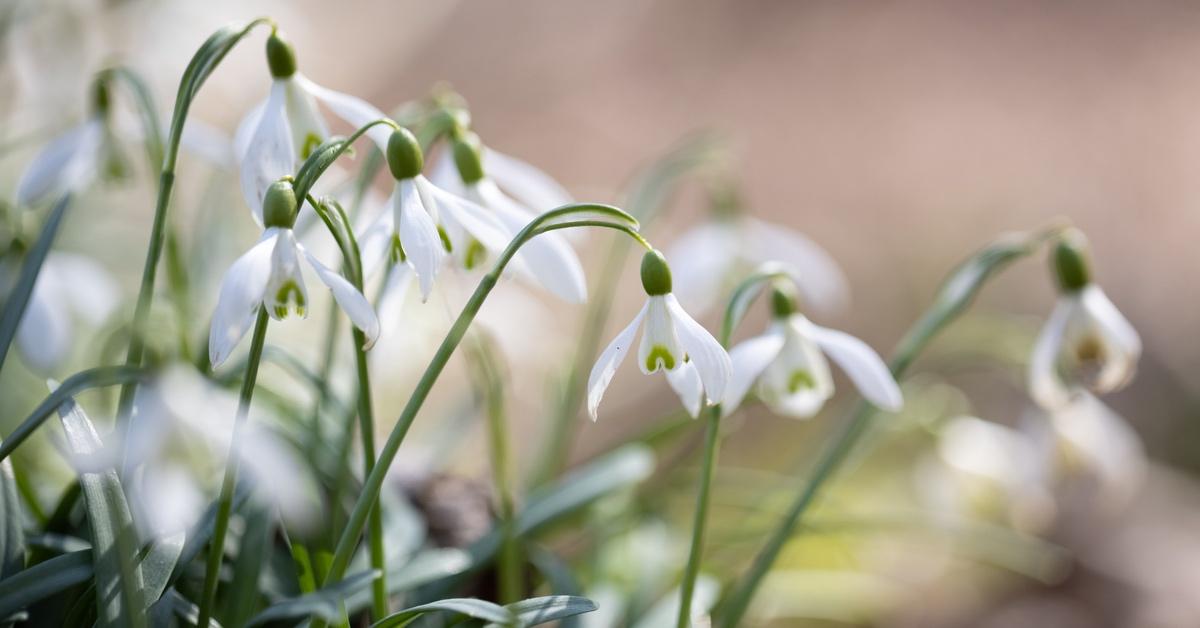January Babies Have Two Birth Flowers: The Interesting Meanings of These Plants
Published Dec. 29 2023, 10:07 a.m. ET

The Gist:
- January has two birth flowers: carnation and snowdrop.
- It has been thought that the concept of birth flowers originated from Ancient Rome.
- Birth flowers are sometimes used to predict people's personalities when they are born.
So many of us know about birthstones, but have you ever delved into the world of birth flowers? In the early 1800s, flowers were used as a language to symbolize hidden messages for your loved ones. Similarly, birth flowers are chosen for a specific meaning that allegedly correlates with the personality traits of the person born that month. Some months, like January, even have two birth flowers!
If you're a big fan of January, here's a fun fact: January's birth flowers have pretty unique origin stories with flowers that contain multiple meanings. Although they hail from the same global location, these two flowers couldn't be more different. Here's what they are and what they mean.

What is the origin of birth flowers?
While it's not entirely clear when or how birth flowers began as a practice, according to Flower Patch, it's thought that the idea of birth flowers originated in ancient Rome, when birthdays first started being celebrated. Flowers were common birthday gifts at the time.
Birth flowers may have also become popular when Le Langage des Fleurs was published in the early 1800s. Lady Mary Wortley Montagu may have also popularized using "flower language" after she accompanied her husband on a trip to Turkey in 1716 and sent letters back to England detailing flowers and their meanings, per The New York Times.

One of January's birth flowers is carnations.
According to HGTV, carnations have different meanings depending on their color. White variations are about "pure love," while yellow symbolizes wishing someone was with you. If you have pink carnations, that means the person who gave them to you thinks you're unforgettable.
Additionally, Parade points out that pink carnations are associated with maternal love. They became the official flower of Mother's Day in 1907.
You might be interested in carnations if you are into ancient Greek lore. The flowers originate from the Mediterranean region but are only found in two colors: peach and pale pink. The color so resembled skin that, per HGTV, that's what the carnation's common name comes from: "carnis," or the Latin word for flesh.
According to The Herbal Academy, the scientific name of the carnation is Dianthus caryophyllus, which was coined by Greek botanist and philosopher Theophrastus. Parade says that the word "Dianthus" also translates loosely to "flowers of the Gods" in Greek.
On the other hand, House Beautiful points out the negative associations with these flowers. Yellow carnations can symbolize "disappointment or rejection" and "any color of striped carnation conveys regret."

January's other birth flower is the snowdrop.
Snowdrops are just as beautiful as their name sounds. According to Country Living, these flowers also come from ancient Greece. These people used them to treat different illnesses, and their scientific name comes from the Greek word for milk, "gala." Although these blooms may seem pretty straightforward, given their name, their meaning has changed over the years.
At one point, snowdrops were associated with death because they grew in graveyards. Additionally, funeralgoers would bring the flower as a symbol of compassion. But luckily, snowdrops have positive meanings during happier times. They can also be symbols of hope and optimism. HGTV also points out that they "indicate hope and beauty."